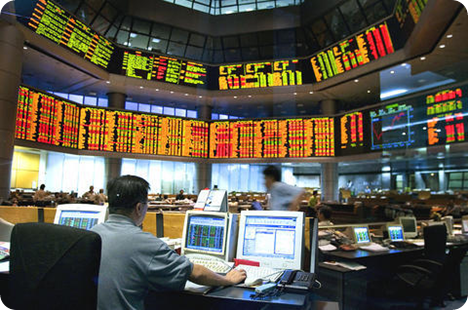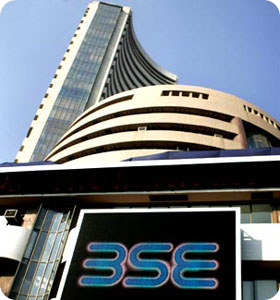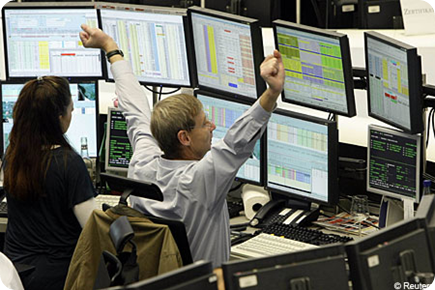Get Accurate Share Market Tips on Your Mobile Now for Amazing Profits - Call now at 09829714440
For many new investors, the stock market can feel a lot like legalized gambling. As they see it as a short-term investment vehicle that either brings huge monetary gains or devastating losses. With that attitude, the stock market is as reliable a form of investment as a game of roulette. But the more you learn about stocks, and the more you understand the true nature of stock market investment, the better and smarter you’ll manage your money. The stock market can be intimidating, but a little information can help ease your fears.
Let’s start with some basic definitions.
 A share of stock is literally a share in the ownership of a company. When you buy a share of stock, you’re entitled to a small fraction of the assets and earnings of that company. Assets include everything the company owns such as buildings, equipment, trademarks, and earnings are all of the money that the company brings in from selling its products and services.
A share of stock is literally a share in the ownership of a company. When you buy a share of stock, you’re entitled to a small fraction of the assets and earnings of that company. Assets include everything the company owns such as buildings, equipment, trademarks, and earnings are all of the money that the company brings in from selling its products and services.
The reason why a company wants to share its assets and earnings with the general public is because it needs the money. Companies only have two ways to raise money to cover start-up costs or expand the business: It can either borrow money, a process which is known as debt financing or sell stock which is also known as equity financing.
Get Accurate Share Market Tips on Your Mobile Now for Amazing Profits - Call now at 09829714440
The stock market is driven solely by supply and demand. The number of shares of stock available for sale dictates the supply and the number of shares that investors want to buy dictates the demand. It’s important to understand that for every share that is purchased, there is someone on the other end selling that share (or vice versa). When people’s views the stock market or the individual stocks change (which is driven by different economic fundamentals such as consumer confidence in the stocks, fear of terrorism, or lack of confidence in the company’s earnings), makes the demand for the stock to changes. This also causes the prices to change. For example, if people in general believe that the economy is growing, they become more optimistic and want to own more stock. This increases the demand for stock. At the same time, since people are selling less stock, it also decreases the supply of stock for sale. Both of these factors cause the average stock price to rise.
In essence, the stock market is really just a big, automated superstore where everyone goes to buy and sell their stock. The main players in the stock market are the exchanges. Exchanges are where the sellers are matched with buyers to both facilitate trading and to help set the price of the shares. The primary exchanges are the NASDAQ, the New York Stock Exchange (NYSE), all of the ECNs (electronic communication networks) and a few other regional exchanges like the American Stock Exchange and the Pacific Stock Exchange.
The disadvantage of borrowing money is that the company has to pay back the loan with interest. By selling stock, however, the company gets money with fewer strings attached. There is no interest to pay and no requirement to even pay the money back at all. Even better, equity financing distributes the risk of doing business among a large pool of investors, such as the stockholders. If the company fails, the founders don’t lose all of their money; they lose several thousand smaller chunks of other people’s money.
Get Accurate Share Market Tips on Your Mobile Now for Amazing Profits - Call now at 09829714440








Recent Comments